
For up to 60% of patients with bipolar disorder, simply treating their mood symptoms is not enough to help them return to a full life.

For up to 60% of patients with bipolar disorder, simply treating their mood symptoms is not enough to help them return to a full life.
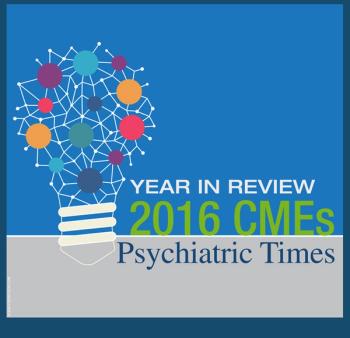
Here is a year's worth of CMEs you can take right now.

Is it time to think outside the light box for treatment of seasonal depression?
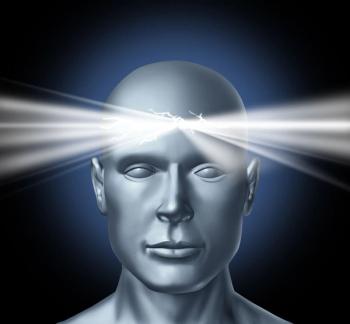
A new protocol makes light therapy an option for patients with bipolar depression.

Be cautious: not all obsessive thinking is OCD.
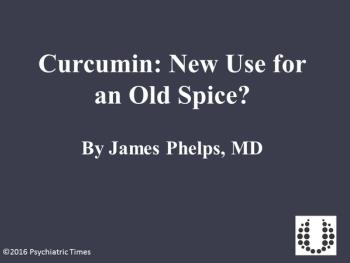
Although recent reviews caution against overenthusiasm, what if a simple, inexpensive, and extremely low-risk anti-inflammatory was at hand?
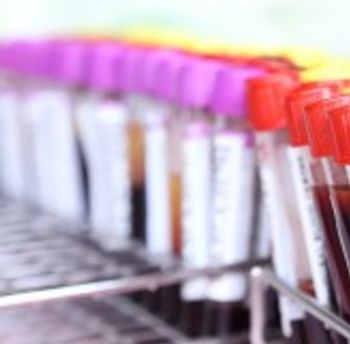
Several new findings have emerged, one of which comes very close to providing a noninvasive “lab test” for bipolar disorder.

Why is there so little clamor for a drug that prevents neurodegeneration, carries very low risk, and is unlikely to produce significant side effects?
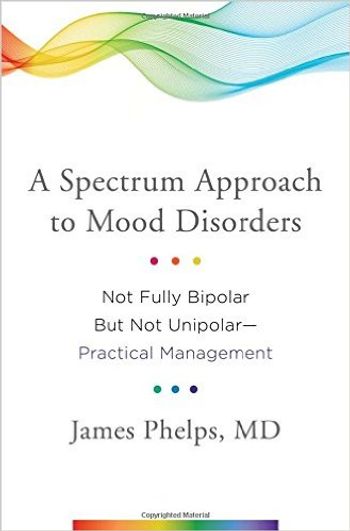
Bravely enter territory that academia has largely neglected-the nebulous region between full bipolar disorder and major depression.
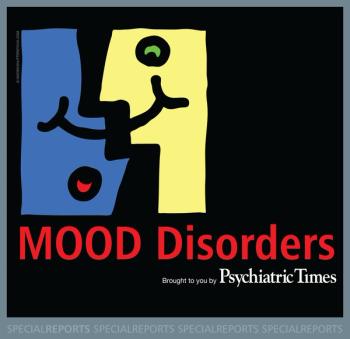
Useful information about mood disorders in 3 key areas-bipolar disorder, comorbid ADHD and depression, and suicide risk.

Can lithium pass the LiTMUS test?

New research shows the benefits of low-dose lithium-even in the water supply.
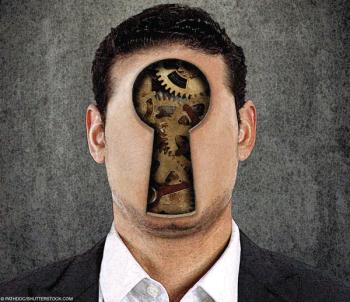
Some of the most common challenges include the diagnosis of a mood disorder, especially a bipolar disorder, and the assessment and management of comorbidities and suicidalities in patients with a mood disorder. Here's an overview.
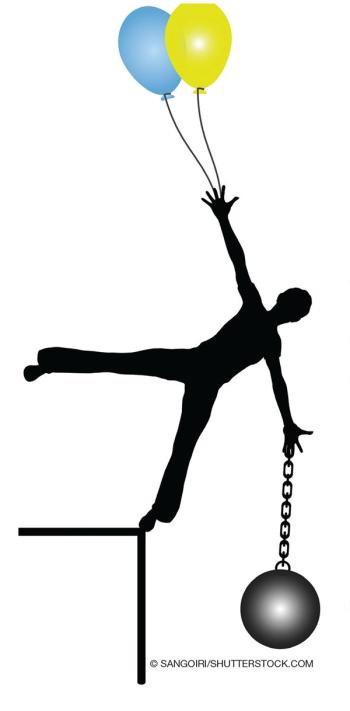
There is no substitute for understanding one’s patient as an individual, and treating accordingly, keeping in mind the possibility that not all psychosis is schizophrenia and that moodiness may or may not indicate a place in the bipolar spectrum.
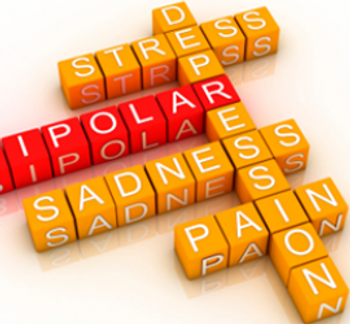
What is the actual risk of suicide attempts or suicide death in people with bipolar disorder? How does a BD diagnosis affect short-term and long-term suicide risk? How should a BD diagnosis help guide us toward the most effective suicide prevention strategies?

A low-cost intervention creates “virtual darkness” to help stabilize mood.

A podcast on the role of randomized controlled trials in mobile mental health research.
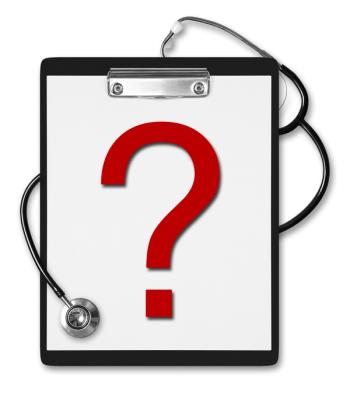
The Prisoner’s Dilemma reveals a clear distinction between the 2 conditions.

A single approach combines potent elements from 5 bipolar-specific therapies.

Here’s the major ingredient in a new psychotherapy for bipolar disorder.

Did this woman have (untreated) postpartum psychosis when she became pregnant a second time-- or was this a separate, rare case of prepartum psychosis?
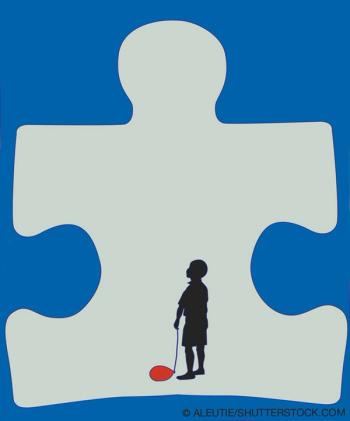
Here: key take-home points from 6 new studies on adolescent and child psychiatry chosen for their clinical relevance, applicability, and quality.
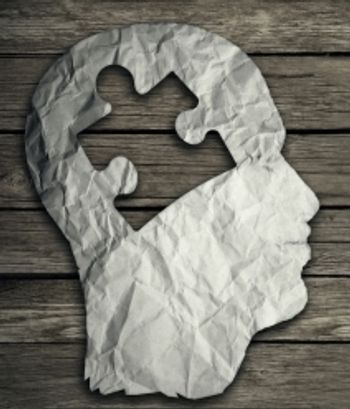
New research demonstrates why it’s crucial to examine manic and other symptoms in their entirety when making a treatment plan.

Film can be a powerful vehicle for conversation and social change in the fight against psychiatric stigma.

Three reasons clinicians skip over bupropion.